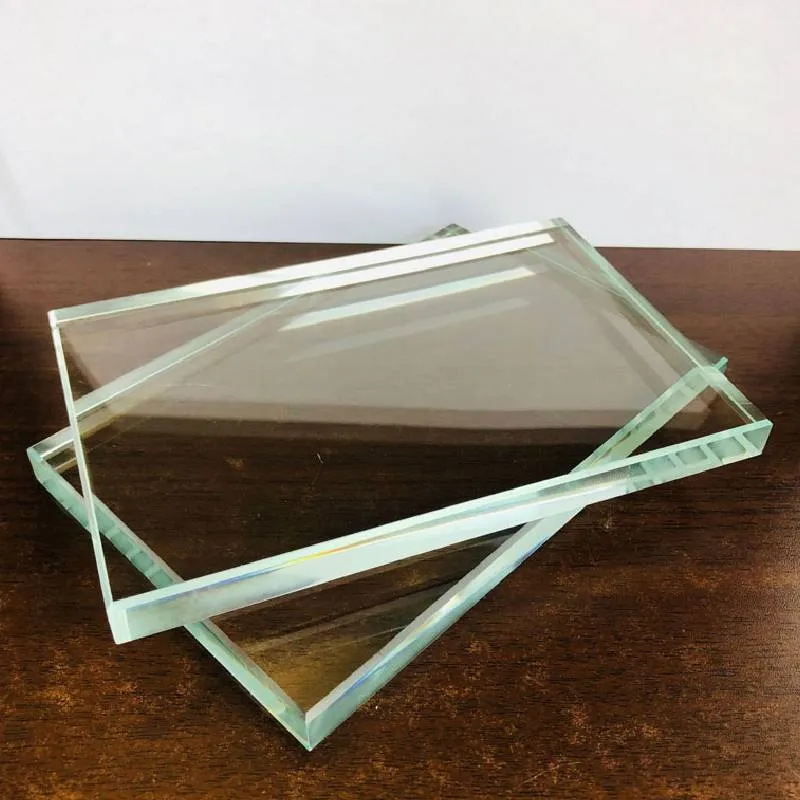Understanding Tempered Glass Definition, Features, and Applications
Tempered glass, also known as toughened glass, is a form of safety glass that has been treated by controlled thermal processes to increase its strength compared to standard glass. This remarkable transformation is achieved through a process of extreme heating followed by rapid cooling, which allows the glass to endure greater levels of stress. In this article, we will explore the meaning of tempered glass, its defining characteristics, and its wide-ranging applications.
Definition of Tempered Glass
Tempered glass is defined as glass that has been subjected to thermal treatment to ensure its strength and safety. Unlike standard glass that can shatter upon impact, tempered glass is designed to break into small, blunt pieces rather than sharp shards, reducing the risk of injury. The thermal treatment process involves heating the glass to around 620 degrees Celsius (around 1150 degrees Fahrenheit) and then rapidly cooling it, a method that alters the glass structure at the molecular level.
Properties and Features
1. Strength One of the foremost features of tempered glass is its remarkable strength. It is approximately four to five times stronger than standard annealed glass of the same thickness. This makes it highly resistant to impacts, making it the go-to choice for applications where durability is essential.
2. Thermal Resistance Tempered glass is designed to withstand extreme temperature variations. It can tolerate temperature changes of approximately 200 degrees Celsius without fracturing, which is crucial for environments with high temperature fluctuations.
3. Safety As mentioned earlier, the way tempered glass fractures contributes to its safety profile. Instead of sharp edges, broken tempered glass tends to break into small, rounded pieces, minimizing the risk of serious injuries.
4. Aesthetic Appeal Tempered glass can be manufactured in various finishes, colors, and tints, allowing it to blend seamlessly into any architectural design. Its clarity and ability to be treated with coatings make it an attractive option for both residential and commercial spaces.
Applications of Tempered Glass
tempered glass meaning
Tempered glass is utilized in a multitude of applications across various industries due to its unique properties
. Here are some key areas where tempered glass is commonly employed
1. Architecture In modern buildings, tempered glass is frequently used for windows, doors, and facades. Its strength and thermal resistance make it an ideal choice for high-rise structures and glass curtains.
2. Automotive The automotive industry employs tempered glass for side and rear windows because it enhances safety without compromising visibility.
3. Shower Doors Tempered glass has gained popularity in the bathroom industry, especially for shower doors, due to its resistance to thermal stress and moisture.
4. Furniture From tabletops to shelves, tempered glass is widely used in furniture design. Its durability ensures longevity while maintaining a stylish appearance.
5. Safety Barriers Tempered glass is commonly utilized in balustrades, glass railings, and partitions where safety and aesthetics are paramount.
6. Electronics The screens of many electronic devices, including smartphones and tablets, often utilize tempered glass. Its protective capabilities help to prevent scratches and cracks.
Conclusion
In summary, tempered glass represents a remarkable advancement in glass technology, combining safety, strength, and aesthetic appeal. Its unique properties ensure that it remains a favored choice in various applications, ranging from architecture to automotive and beyond. As we continue to evolve technologically and prioritize safety in our designs, tempered glass stands out as a quintessential element of modern design and engineering. Understanding its meaning and applications is essential for anyone engaged in construction, design, or manufacturing, making it a pivotal material in today’s marketplace.
 Afrikaans
Afrikaans  Albanian
Albanian  Amharic
Amharic  Arabic
Arabic  Armenian
Armenian  Azerbaijani
Azerbaijani  Basque
Basque  Belarusian
Belarusian  Bengali
Bengali  Bosnian
Bosnian  Bulgarian
Bulgarian  Catalan
Catalan  Cebuano
Cebuano  Corsican
Corsican  Croatian
Croatian  Czech
Czech  Danish
Danish  Dutch
Dutch  English
English  Esperanto
Esperanto  Estonian
Estonian  Finnish
Finnish  French
French  Frisian
Frisian  Galician
Galician  Georgian
Georgian  German
German  Greek
Greek  Gujarati
Gujarati  Haitian Creole
Haitian Creole  hausa
hausa  hawaiian
hawaiian  Hebrew
Hebrew  Hindi
Hindi  Miao
Miao  Hungarian
Hungarian  Icelandic
Icelandic  igbo
igbo  Indonesian
Indonesian  irish
irish  Italian
Italian  Japanese
Japanese  Javanese
Javanese  Kannada
Kannada  kazakh
kazakh  Khmer
Khmer  Rwandese
Rwandese  Korean
Korean  Kurdish
Kurdish  Kyrgyz
Kyrgyz  Lao
Lao  Latin
Latin  Latvian
Latvian  Lithuanian
Lithuanian  Luxembourgish
Luxembourgish  Macedonian
Macedonian  Malgashi
Malgashi  Malay
Malay  Malayalam
Malayalam  Maltese
Maltese  Maori
Maori  Marathi
Marathi  Mongolian
Mongolian  Myanmar
Myanmar  Nepali
Nepali  Norwegian
Norwegian  Norwegian
Norwegian  Occitan
Occitan  Pashto
Pashto  Persian
Persian  Polish
Polish  Portuguese
Portuguese  Punjabi
Punjabi  Romanian
Romanian  Russian
Russian  Samoan
Samoan  Scottish Gaelic
Scottish Gaelic  Serbian
Serbian  Sesotho
Sesotho  Shona
Shona  Sindhi
Sindhi  Sinhala
Sinhala  Slovak
Slovak  Slovenian
Slovenian  Somali
Somali  Spanish
Spanish  Sundanese
Sundanese  Swahili
Swahili  Swedish
Swedish  Tagalog
Tagalog  Tajik
Tajik  Tamil
Tamil  Tatar
Tatar  Telugu
Telugu  Thai
Thai  Turkish
Turkish  Turkmen
Turkmen  Ukrainian
Ukrainian  Urdu
Urdu  Uighur
Uighur  Uzbek
Uzbek  Vietnamese
Vietnamese  Welsh
Welsh  Bantu
Bantu  Yiddish
Yiddish  Yoruba
Yoruba  Zulu
Zulu 

